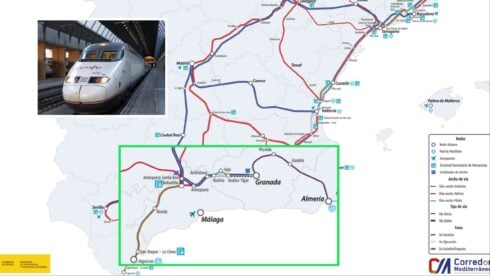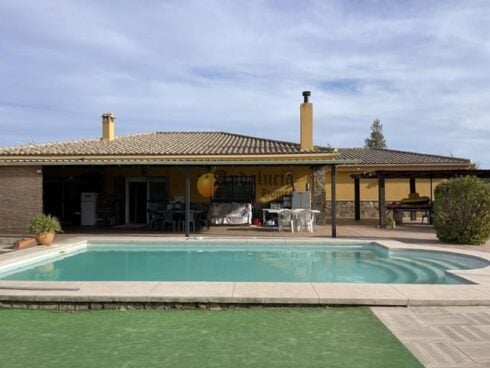PEDRO Almodóvar Caballero has made a career out of being an outsider.
He is obviously – even flamboyantly – gay, and his films go out of their way to offend everyone. He has an outrageous sense of humour and his films are very funny.
A gay man coming of age in the late 1960s was well-advised to keep quiet. Not Pedro. Franco’s regime was openly hostile to the notion that homosexuals could play any part in the life of the nation, and Almodóvar’s response to the strong anti-gay sentiment of the dictatorship was to rub it in their faces.
He grew up in a village in Ciudad Real in the centre of Spain, the region which is a national joke because it’s so ‘uncool’: it’s bit like the fun the British press had with John Major for coming from Rutland.
As he has always done, with cheerful and irreverent humour, Almodóvar turned his disadvantages into strong points.
Unable to secure any funding (he couldn’t afford either a microphone or a screen), Pedro shot his first cinematic efforts with a tiny Super-8 camera, then projected his ‘work’ onto a bedsheet pinned up on the wall of his village’s community centre.
He overcame the lack of sound by providing his own commentary, standing on a chair. For young people in the 1970s who felt stifled by the late Franco inflexibility, this was great fun. Pedro’s projections became legendary.
Fame, and the big time, followed.
Women on the Verge of a Nervous Breakdown (1988) brought him international acclaim. Its light, funny farce style was particularly admired in the USA – and it introduced to the wider world a handsome young actor from Malaga named Antonio Banderas.
One of Almodovar’s favourite conceits is the use of old TV and movie images as ironic commentary on our modern lives.
This device was used to spectacular effect in Live Flesh (1997). Pedro loves the sheer trashiness of those millions of hours of low-grade output and he likes to mimic 1950’s sitcom formats or to splice ‘quotes’ from old footage into his modern tales.
It’s a device which he uses very skilfully in this film. When the gun is fired in the apartment, a shot rings out from the TV set in the corner.
The fake news item of the bus birth, in black and white to represent the drabness of Franco’s Spain, is a loving recreation of TV’s golden age. Women are mannequins in these old TV shows, used by men as objects of prurient displays, and of violence.
Our mass media have drugged us, suggests Almodóvar, into being passive recipients of authority’s handouts. We can no longer distinguish between entertainment and reality.
Almodovar’s trademark is the looping circular plot in which the characters both repeat and vary their patterns of behaviour, crossing one another’s paths and inadvertently echoing the actions of others.
Nowhere is this better illustrated than here. The plot is almost literally circular, beginning and ending with childbirth in a wheeled vehicle, and Victor’s life-defining moment hinging on the circular bus ride which brings him back to the identical spot where he started, a payphone on the Calle Eduardo Dato.
READ MORE:
- LIFE IN SPAIN: Fuente Ovejuna, is it a town? Is it a drama? Is it an idea?
- LIFE IN SPAIN: It’s romeria time again!
- LIFE IN SPAIN: Spanish surnames – why do they have two?
The characters penetrate one another’s lives in ways that are totally convincing, and with a grounding in human psychology which few writers or directors can display.
All About My Mother (1999) is, in the view of some critics, his masterpiece. Almodóvar deliberately offends against social custom. Women are fathers, birth means death and drama is more real than life.
It is tempting to think of Almodóvar as the new Buñuel, and he takes the same childish pleasure in shocking the ‘decent’ Spanish bourgeoisie.
When Agrado gives her performance in the theatre, the old folks walk out in disgust while the youngsters stay and are entertained.
The Madrid Movement of the eighties and nineties was Spain’s awakening from the long slumber of the dictatorship. Pedro was its leader. Spanish people often say: “Where would Javier Bardem or Penelope Cruz be, without Pedro Almodóvar?” Perhaps the more pertinent question is, where would Spain be?
Click here to read more Spain News from The Olive Press.








